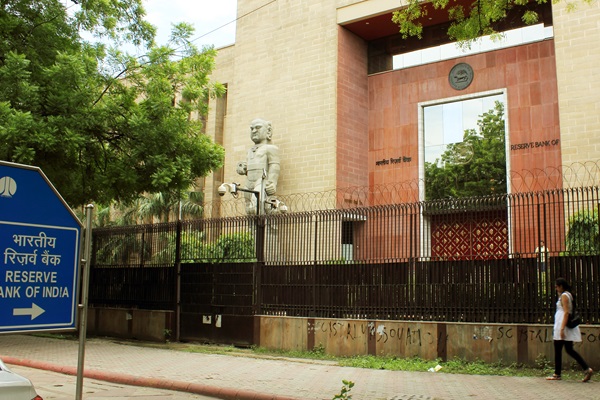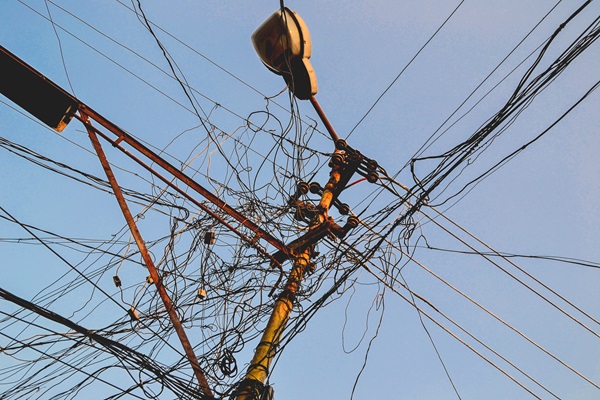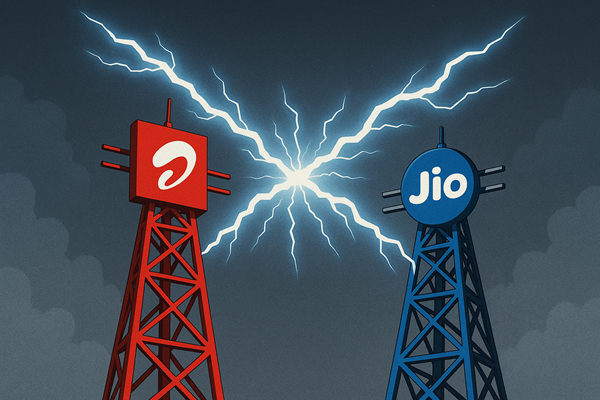.png)
A Profit-Making Central Bank Is A Reflection Of Poor Fisc
Central bank profits can reveal more about government overspending than monetary success.

By Alpana Killawala
Alpana Killawala has spent more than 25 years in the RBI shaping its communication policy. She likes to share whatever she has learnt while on the job. Her book “A Fly on the RBI Wall: An Insider’s View of the Central Bank” does just that.
May 28, 2025 at 1:02 PM IST
First of all, it is not dividend; it is surplus. Why not dividend? Because dividend is paid by companies to shareholders from their profits which accrue from selling goods or services. Profits come out of the difference between the cost of producing that good or service and the price at which the company sells it. The central bank does not make goods or services. It makes policy. And policy cannot be sold. So, a central bank cannot earn profits.
Income Sources
But the central bank does generate income. It earns interest on its portfolio of government securities. It keeps the country’s reserves and reserves are invested in top-class securities, deposits of other central banks and top-rated banks, and gold. Until recently, gold too earned a small interest on the small quantity that was kept as deposit with some central banks. The gold has since been repatriated, and that small income has ceased. However, gold remains an appreciating asset.
Further, the central bank also intervenes in the market—in government securities market to modulate liquidity in the system as a part of operationalising its monetary policy and in foreign exchange market to manage volatility in exchange rates. It could so happen that the price of securities or foreign exchange, sold as part of the central bank’s policy operation, is higher than when they were purchased by the central bank and the central bank stands to gain. As a result, the central bank ends up with ‘profit’ on its books. Although the ‘profit’ is the result of buying and selling activity, the activity is not undertaken for profit; it is a result of operationalising the policy. And so what comes to its balance sheet is termed ‘surplus’ and not profit.
Seigniorage is one more major source of income for the central bank. Seigniorage is the difference between the cost of printing currency notes and their face value. For instance, if it costs 10 paise to print a ₹500 note, the RBI earns seigniorage of ₹499.90. This is the biggest earning head for any central bank. It earns this from the government for which it prints the currency notes. Since this is also a policy matter, ₹499.90 is not termed profit.
Fiscal Linkages
The underlying premise here is, ultimately, a profit-making central bank is a mirror image of a poorly managed fisc. That doesn’t mean the central bank should make losses. Fortunately, hardly any government today functions without running fiscal deficit as all of them have to incur expenditure in excess of their incomes for creating capital intensive assets such as infrastructure and achieving overall economic growth. But should there be a case of any central bank making loss—and there have been—the government will have to bail it out. Since the government’s debt is reflected in its fiscal deficit, it will have no choice but to simply print money to capitalise the central bank. By printing trillions of currency notes, the central bank will simply work against its own policy—of controlling inflation. As against this, it will stoke inflation!
Let us understand this better. The central bank buys government securities because the government has huge fiscal deficit and the market cannot finance the entire deficit or is willing to do so at a price which may not be favourable to the government. The central bank then intervenes and buys those securities so that the government does not have to pay a heavy price. These will give the central bank its earnings as the government pays interest on the securities. The stock so bought comes in handy for the central bank’s liquidity management function which, with its price differential, will generate surplus for the central bank. In other words, a high fiscal deficit indirectly contributes to central bank profitability. In the same vein, the central bank buys foreign exchange to prevent the domestic currency from strengthening and sells foreign exchange when the domestic currency weakens too fast. It may make money in the bargain. Again, if the country has high inflation, the central bank will have to print more currency and earn high seigniorage.
Stability Mandate
The job of the central bank is to maintain the country’s economic stability at whatever the cost. Whatever money the central bank makes or loses, is part of its policy operations. For that, it needs a strong balance sheet to do what’s necessary to maintain economic stability, even if it has to incur losses.
Against this background, the recent ‘changes’ approved by the Board of Directors of the RBI in the Economic Capital Framework need to be critically reviewed. By allowing the range to be widened, within which the buffers for monetary and financial stability risks and contingency risks can be modulated, the RBI has given a larger access to the government to its balance sheet.
When the Contingent Risk Buffer range has been widened to 6% + or - 1.5% of the balance sheet, the government can well ask the RBI to keep the buffer at 4.5% (-1.5% of 6%) just so that it can receive higher amounts. This will weaken the balance sheet of the RBI, and to that extent, its ability to withstand any future crisis. And India can ill-afford it. How the government uses these surpluses should also be scrutinised—for giving out doles or for investing in capital intensive infrastructure development? Infrastructure can support development of the nation whereas doles can make the population lazy and dependent. The choice is ours.







